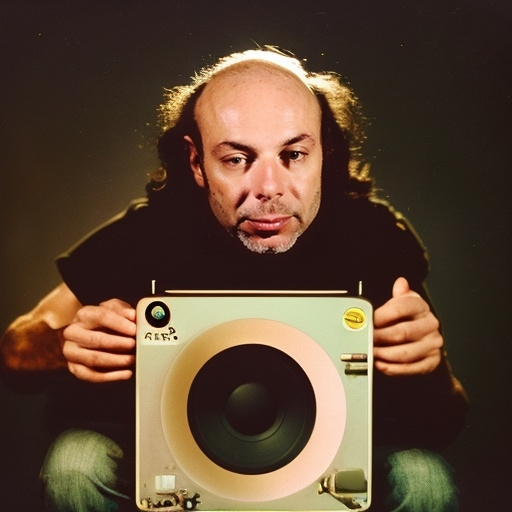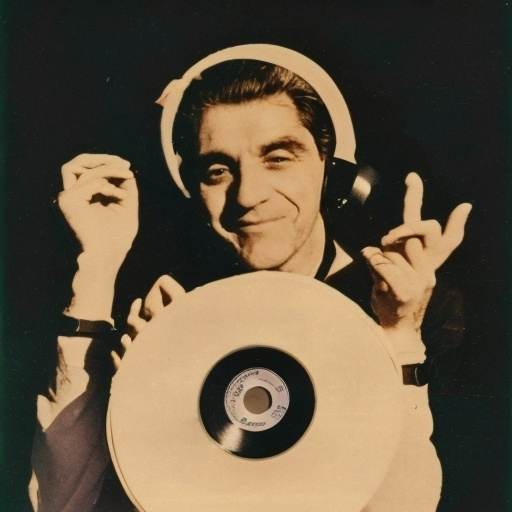Sound Art & Sound Installation Sound as the Medium: In Sound Art, the primary focus is on sound itself. Artists use sound not just as a component but as the […]
lecture 14
sound and image How do visual elements and non-audio components enhance the musical experience? Factors such as videos, films, memes, subcultures, genres, branding, myths, platforms, and dance all influence how […]
lecture 13
sampling Sampling is a foundational technique in computer music where segments of audio, known as “samples,” are captured from existing recordings and repurposed in new musical contexts. These samples can […]
lecture 12
Digital Audio and Early Computer Music Digital audio and early computer music represent the foundation of modern electronic music. The transition from analog to digital technology enabled more precise control […]
lecture 11
Sequencing and Automation Sequencing and automation are essential tools in modern music production, allowing for precise control over the timing and dynamics of musical elements. Sequencing involves arranging notes and […]
lecture 10
Ambient Music An ambiance refers to an atmosphere or a surrounding influence, a kind of tint. My goal is to create original pieces—primarily but not exclusively—for specific times and settings, […]
lecture 9
Spectral Music We will explore how composers use spectral information to create and perform new music, starting with an analysis of techniques pioneered by French “Spectral” composers like Gérard Grisey […]
lecture 8
Learning drum programming : Digital Sampling and Drum Machines & Drum racks on Ableton LiveAssignment Drum Racks: In this assignment, you will create custom drum sets using Ableton Live’s Drum […]
lecture 7
Timbre and Noise Timbre & Noise. Beyond amplitude (loudness) and frequency (pitch), there is another, more elusive characteristic of sound known as timbre. Timbre, or tone color, is the quality […]
lecture 6
Indeterminacy, Generative and Improvisation in Live Electronic Music : Indeterminacy and improvisation in live electronic music refer to the elements of unpredictability and spontaneity in performances. Indeterminacy involves incorporating chance […]
lecture 5
The institutionalization of the Musical van-guard Ircam GRAM label- examples IRCAM (Institut de Recherche et Coordination Acoustique/Musique) is a prominent French institute dedicated to the research and development of music […]
lecture 4
Synthesizers How do analog synthesizers work? In this session, we’ll explore the world of analog synthesis and the groundbreaking music it inspired. We’ll break down the essential parts of a […]
lecture 3
Tape Music and the European Centers: The French and German schools of thought in electronic music Phonogram, recorded music, sampling: How did people create electronic music before the advent of […]
lecture 2
French Electronic Canon music concrete, Pierre Schaeffer How did people create electronic music before the advent of computers, analog synthesizers, and electric guitars? Who were the pioneers who first harnessed […]
lecture 1
What is Sound? Tone Generators What is Sound? Tone Generators Explore the fundamentals of synthesis, starting with sine waves, and learn how to create more complex tones using additive synthesis. […]
lecture list
This course offers an overview of the history, theory, and practice of electronic music and sound art. It highlights creativity through hands-on projects, whether you’re composing epic tracks or designing […]














